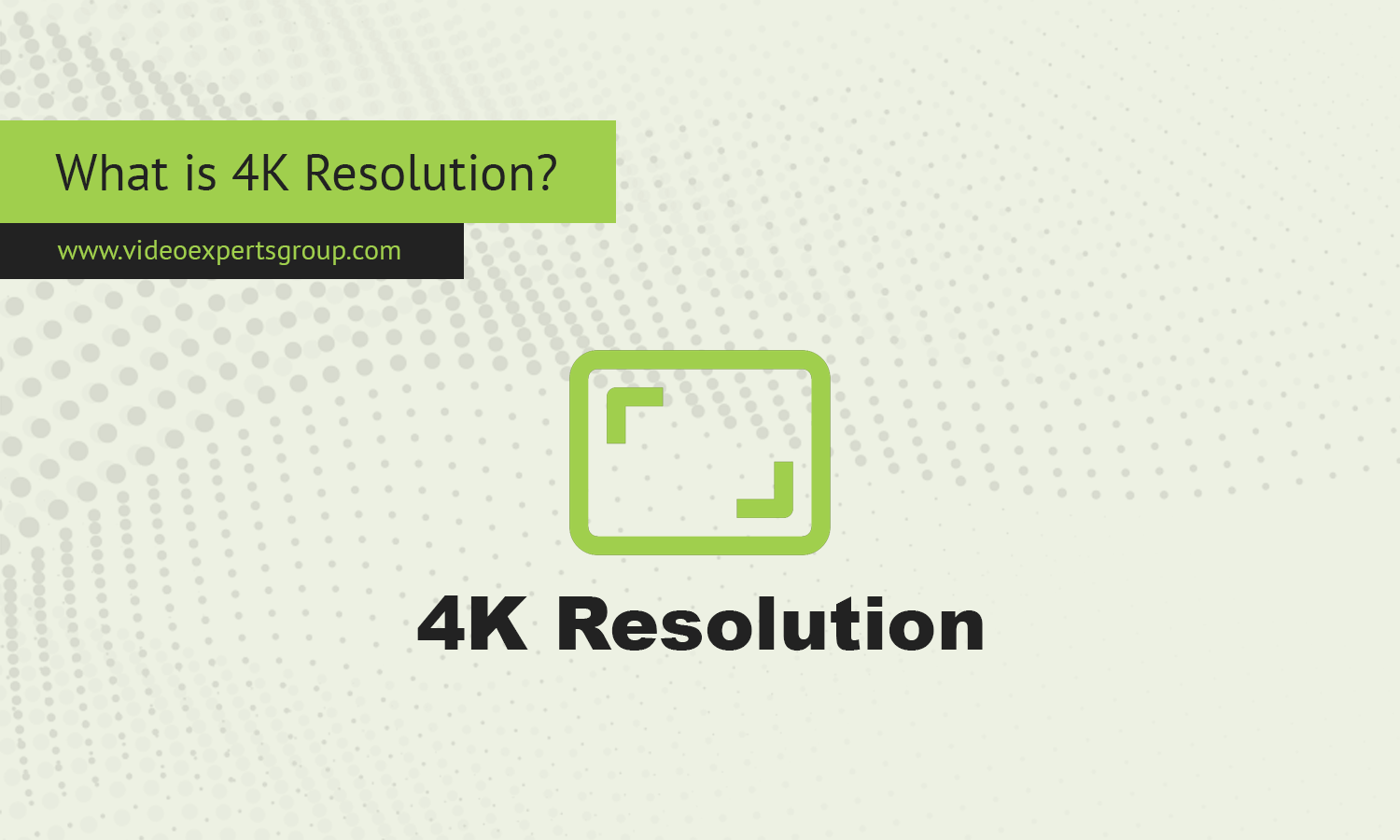Over the years, 4K resolution has become one of the most popular and widely recognized standards in both consumer and professional displays. From televisions to monitors and even smartphones, 4K resolution is now a common term that signifies high-definition and immersive viewing experiences. This article will explore what 4K resolution means, its technical specifications, and its advantages and disadvantages.
Meaning
4K resolution refers to a display resolution that has a horizontal pixel count of approximately 4,000 pixels. Specifically, the most common 4K resolution is 3840 x 2160 pixels, which is often referred to as Ultra High Definition (UHD). This resolution is four times the pixel count of 1080p (Full HD), providing a significant leap in image clarity and detail.
The term "4K" is derived from the horizontal pixel count, where "K" stands for "kilo" or "thousand." 4K resolution is used in a wide range of devices, including televisions, computer monitors, digital cameras, and projectors, making it a versatile standard for high-quality visual media.
How Many Pixels is 4K Resolution?
To understand the total number of pixels in 4K resolution, we multiply the horizontal and vertical pixel dimensions. For the most common 4K resolution of 3840 x 2160 pixels, the total number of pixels is:
- 3840 pixels (horizontal) x 2160 pixels (vertical) = 8,294,400 pixels
This total pixel count of over 8 million pixels delivers exceptional detail, making 4K displays ideal for large screens and applications that require high levels of precision, such as video editing, gaming, and digital art.
Advantages and Disadvantages
Advantages:
- Exceptional Image Clarity: With more than 8 million pixels, 4K resolution offers incredibly sharp and detailed images. This makes it ideal for large screens where lower resolutions might result in pixelation or a loss of detail.
- Enhanced Viewing Experience: 4K resolution provides a more immersive viewing experience, especially when combined with larger screens or projectors. The higher pixel density ensures that even at close viewing distances, the image remains crisp and clear.
- Better for Professional Applications: For professionals in fields like video editing, graphic design, and photography, 4K resolution offers the precision needed to work with high-resolution content. It allows for more accurate color grading, detailed image editing, and better overall quality in visual projects.
- Future-Proofing: As 4K content becomes more widespread across streaming platforms, gaming consoles, and Blu-ray discs, investing in a 4K display ensures compatibility with future media. This future-proofing makes 4K displays a smart choice for long-term use.
Disadvantages:
- Higher Power Consumption: 4K displays generally consume more power than lower-resolution displays, which can be a concern for energy efficiency, particularly in portable devices like laptops or smartphones.
- Larger File Sizes: Working with 4K content, whether it's video, images, or games, results in significantly larger file sizes compared to 1080p. This can lead to increased storage requirements and longer processing times, especially when editing or rendering high-resolution video.
- Requires More Powerful Hardware: To fully take advantage of 4K resolution, you need compatible hardware, including a powerful graphics card, processor, and enough RAM. For gaming or video editing, this means investing in higher-end equipment, which can be costly.
- Not Always Noticeable on Smaller Screens: While 4K offers superior detail, the difference between 4K and lower resolutions like 1080p might not be as noticeable on smaller screens, such as those on smartphones or small monitors. This can make the extra cost of 4K less justifiable for certain applications.
4K resolution represents a significant advancement in display technology, offering unparalleled image clarity and detail that enhances the viewing experience across a wide range of devices. With its over 8 million pixels, 4K is particularly beneficial for large screens and professional applications where precision and quality are paramount. However, the increased power consumption, hardware requirements, and larger file sizes associated with 4K may pose challenges for some users. As 4K content continues to grow in availability and popularity, understanding these advantages and disadvantages can help you make informed decisions when choosing the right display for your needs.
















